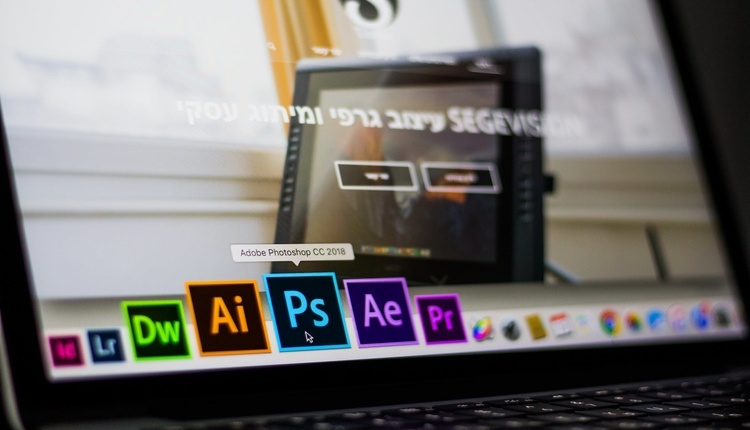
How to Avoid Fraudulent Image Manipulation
Бесплатный
Зарегистрироваться сейчасScientific misconduct has taken root in academia with thousands of cases being reported every year leading to retraction of research papers. 67% of the research misconduct cases resolved by The Office of Research Integrity between 2011 and 2015 involved image manipulation1.
While some of these misrepresentations can be honest mistakes, others are intentional damaging the integrity of science and also researchers’ reputation in the scientific community by attracting discredit. While adjusting images, authors must ask themselves if the resulting image is the accurate representation of the raw image acquired. Popular journals such as The Journal of Cell Biology and Nature provide specific guidelines for image processing. Understanding these stipulated guidelines is paramount to ensure image integrity and standards. This webinar will help researchers to understand how they can avoid image manipulation and present them with integrity.
Through this webinar, researchers will learn:
- What is image manipulation?
- Best practices for image processing and avoiding image manipulation
- Recommend tools for detecting image manipulation
- Information about the ethical guidelines and policies
- Recent cases of violations of image processing guidelines
Reference:
- Tips for Presenting Scientific Images with Integrity: https://ori.hhs.gov/sites/default/files/2017-12/6_Image_Manipulation_scalable.pdf
ABOUT THE SPEAKER
Douglas W. Darnowski, Ph.D.

- Dr. Darnowski is a highly published researcher with experience in publishing books, book chapters, research papers, review articles, teaching material (textbooks, instruction manuals, etc.) and book reviews.
- Dr. Darnowski has over 20 years of experience in the editing of scientific papers for peer-reviewed journals. Furthermore, he has reviewed over 50 introductory biology textbook chapters and wrote over 9,000 questions for Sinauer, W.H. Freeman, McGraw Hill, and Pearson.
- Currently, he is associated with the Editorial Board of International Triggerplant Society. He is also the recipient of more than 40 research grants/fellowships.


